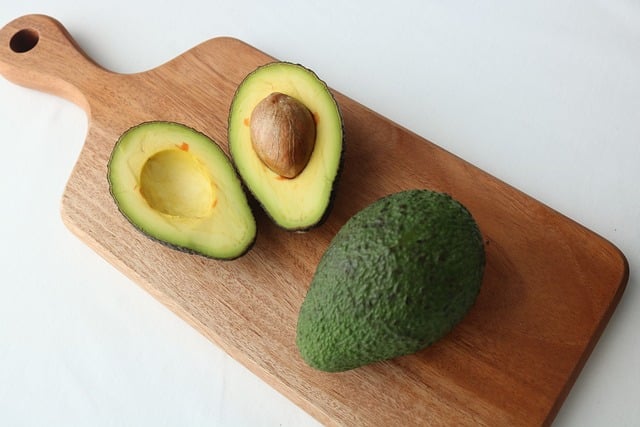If you’ve ever dragged yourself to the gym, sweated through an intense workout, and still felt exhausted, achy, or even worse after, you’re not alone. For years, we’ve been told that hitting the treadmill for an hour or lifting heavy weights until we can barely move is the key to health and longevity. But what if traditional exercise isn’t as beneficial as we’ve been led to believe? In fact, some experts argue that certain workout routines might be doing more harm than good.
One of the biggest problems with traditional exercise is that it often focuses on intensity rather than sustainability. Many people go all in, pushing their bodies to extremes with high-impact workouts that can lead to injuries, inflammation, and burnout. Think about those grueling boot camps, endless cardio sessions, and punishing HIIT workouts that leave you gasping for breath. While they might seem effective in the short term, over time, they can strain the joints, stress the nervous system, and actually make you feel worse rather than better.
Then there’s the issue of overtraining. A lot of fitness programs operate on the mindset that more is better—more reps, more miles, more sweat. But the truth is, too much exercise without proper recovery can backfire. When the body doesn’t have time to rest and repair, cortisol levels (the stress hormone) rise, leading to fatigue, sleep disturbances, and even weight gain. That’s right—working out too much could be the very thing preventing you from losing that stubborn belly fat.
Another surprising factor is that not all workouts fit everyone’s body type and lifestyle. The idea that one-size-fits-all when it comes to fitness is a myth. Some people thrive on high-intensity workouts, while others do better with lower-impact activities like yoga, pilates, or even walking. The problem with traditional exercise culture is that it often ignores the importance of listening to your body. If a workout leaves you feeling drained, in pain, or dreading your next session, chances are, it’s not the right approach for you.
The good news? There’s a smarter way to stay fit without wrecking your body. Low-impact movement like swimming, cycling, or even dance-based workouts can be just as effective without putting excessive strain on your joints. Strength training with proper rest days can build muscle without unnecessary stress, and focusing on mobility, flexibility, and functional fitness can help prevent injuries rather than cause them.
Ultimately, the key to true fitness isn’t about punishing your body—it’s about moving in a way that feels good, energizes you, and supports long-term health. So if traditional workouts leave you feeling worse instead of better, it might be time to rethink your approach. Exercise should be something you enjoy, not something you suffer through. Because at the end of the day, fitness should make you feel stronger, not broken.
Top Weight Loss Programs

Remedy Meds

Medvi

Hims

ShedRX









